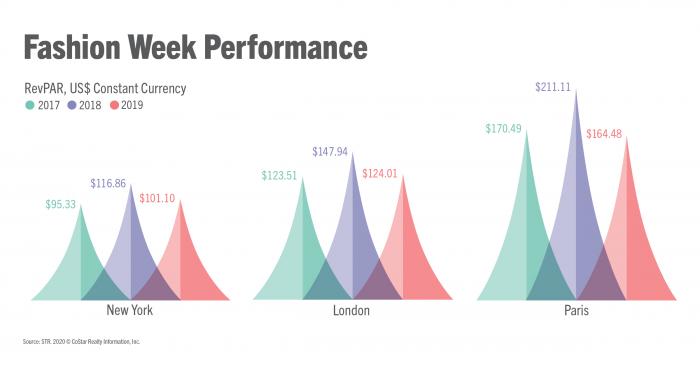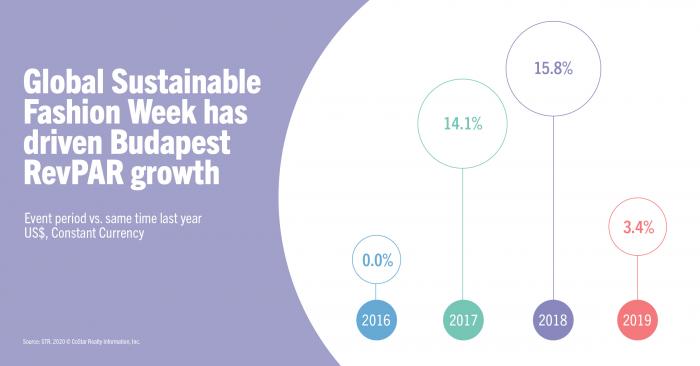The decline of fashion week has been fiercely debated in recent years, with some questioning whether the concept is outdated, obsolete, or even completely dead. For many, the traditional events have lost their shine and spent the past few years suffering from an identity crisis—are they much more than an advertising platform for high-fashion brands and vehicles for celebrity exposure? That is often the cynic’s argument.
Luckily for STR, hotel data is yet to go out of fashion—so perhaps it can indicate whether traveling to or attending catwalk events is no longer en vogue? With the February fashion weeks on the horizon, we analyzed the recent performance of their predecessors.

